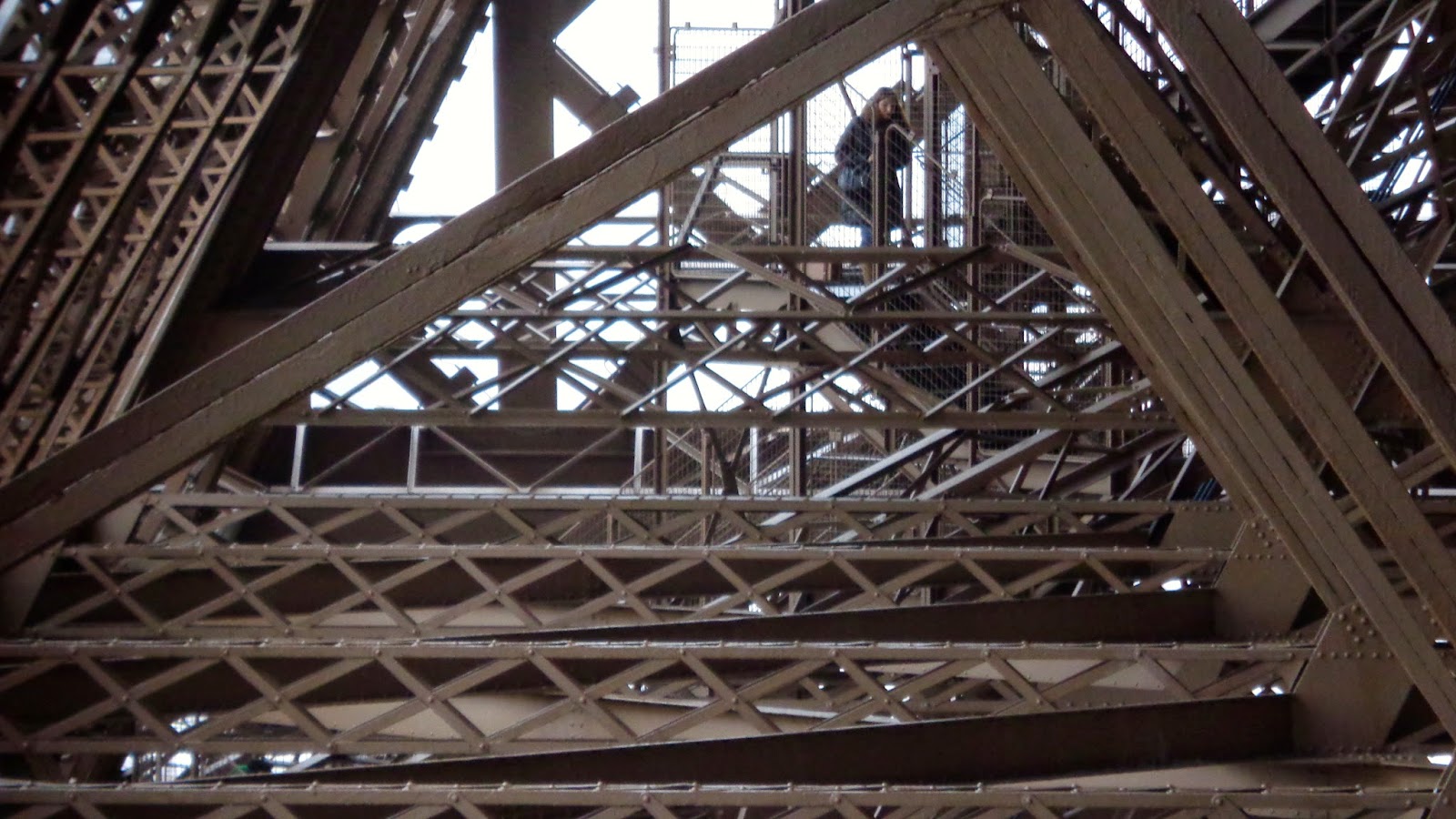If you are in Paris this week, do not miss "Paul Durand-Ruel: Le Pari de L'Impressionisme, or, The Impressionist Gamble" drawn from the collection of the gallery owner who kept the greatest names in late-19th-century French painting alive—Manet, Renoir, Monet, Courbet, Degas, Pissarro, Sisley—when others would have let them starve. It ends February 8.

I went because I have a particular interest in Manet's amazing depiction of the battle between the Union Navy's
Kearsarge and the Confederate raider
Alabama off the coast of Cherbourg in 1864. But from the moment I walked in I was stunned by the sight of Renoirs and other impressionist masterpieces that I never knew existed, or had never seen outside of catalogues.
Sometimes, as we all know, famous paintings look better in books and on posters than they do when you see them on the wall, and they are appreciated in museums only in passing. (A friend who works at the MOMA tells me the average time spent looking at each painting there is one minute.)
I thought I did not much care for Renoir, whose most famous works look as if they were painted using a cotton candy camera obscura. But what I never understood until I saw this show was the way Renoir employs sharp details, very finely drawn, to punctuate the blurred effect of the paintings and bring them to life. This is particularly striking when you look at the little girl's eyes in
Sur la terrasse, 1881, which, unfortunately, I was not allowed to photograph. (It is normally on display at the Art Institute of Chigago and can be viewed
here.) But this use of detail is also apparent in the remarkable
Fin de déjeuner, 1879, shown below. The lady's rings and the man's cigarette, just as it is lit, are, when you examine them closely, rather mesmerizing.
In painting after painting by Manet and Degas, as well, the little details are fascinating. What I have posted below are a few snapshots which, clearly, do not do justice to these works, but may encourage you to go to the exhibition before it closes.
 |
| Manet did not actually see the battle, which was one of the most important naval engagements of the American Civil War, even though it took place off the coast of France. But the dynamics of the composition and the life of the sea are extraordinary. |
 |
| Two men cling to a bit of floating wood in the foreground of the painting. |
 |
| A sentimental Monet, to be sure, but lovely nonetheless. |
 |
| La Musique aux Tuileries, normally in London's National Gallery, shows a bit of Manet's eccentricity. There is only one woman's face clearly drawn, and it seems to me it bears a resemblance to Berthe Morisot, who became an important Impressionist painter herself and, eventually, Manet's sister-in-law. She was one of his favorite models, most notably in Berthe Morisot with a Bouquet of Violets and The Balcony at the Musée d'Orsay. But the woman in this painting, although chaperoned, appears much older than Morisot would have been in 1862, when she was, in fact, only 21, and Manet is not supposed to have met her until later in the decade. So maybe it's not her at all, But I note in the catalogue that while Manet painted this canvas in 1862, he held on to it until 1883, when Morisot would have been 42. Is this perhaps a homage to a subject he loved, painted into the canvas much later than the original? |
 |
| Berthe Morisot's Jeune femme de dos à sa toilette, painted about 1879. Notice the point of light on her earring. |
 |
| Degas with a sense of humor. |
 |
| Degas at the races. |
 |
| An atypical Monet: Les Charbonniers shows workers offloading coal from barges to fuel the gas works at Argenteuil. |
 |
| Renoir's Après le déjeuner |
 |
| This is the kind of sentimental Renoir I don't care for, but who can resist the cat clawing the air in its sleep? |
 |
| Who is the central figure in this Degas, the ballerina on the left, or the dancing master on the right? One's eye is drawn first to the ballerina, but it is the master whose face and gesture have character. |











































